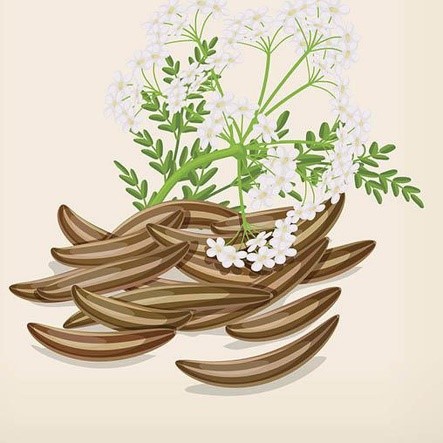Open-Source Seed Movement

Disclaimer: Copyright infringement not intended.
Context
- The Open-Source Seed Movement is spreading to ensure that plant varieties remain free from patents.
Background
- In many countries today the fight for seed freedom is at a critical point.
- Corporate seed giants make it illegal to save seed by pushing deliberately ruthless patent infringement laws and other broadband regulatory seed laws that favor industry and suppress the rights of farmers to generate and maintain local and open-pollinated seed varieties.
- In many places around the world it is already illegal for farmers to save and share seed.
- The European Union, Canada, and parts of Africa, South America, and India have legislation in place making activities of seed saving and even seed swapping increasingly illegal.
How is Intellectual Property protected in agriculture?
- In effect, there are now two forms of IPR protection in agriculture: plant-breeders’ rights and patents.
- Together, they restrict farmers’ rights and the freedom to develop new varieties using germplasm from IP-protected varieties. They have thus further consolidated the seed sector and increased the number of plant varieties covered by IPRs.
- The high prices of genetically modified seeds and IP claims triggered many problems, including the State’s intervention on Bt cotton seeds in India.
- As public sector breeding declined and the private sector began to dominate the seed sector, the need for alternatives became keenly felt.
- This is when the success of open-source software inspired a solution. In 1999, a Canadian plant-breeder named T.E. Michaels suggested an approach to seeds based on the principles of open-source software.
Open -Source Seed
- An open-source crop variety is one that is not restricted by plant patents or other proprietary limitations used by F1 hybrids and crops of CMS and GMO technologies.
- The open-source seed movement affirms that plant genetics and their physical traits cannot, and should not, be owned by individuals or corporations.
- In other words, plants should never be privatized or restricted because they are a collective resource.
- The genetics of open-source seeds are protected and pledged to forever remain in the public domain.
- The Open Source Seed Initiative simply asks for a pledge, that an individual won’t “restrict others’ use of these seeds or their derivatives by patents or other means, and to include this pledge with any transfer of these seeds or their derivatives”.
State of such Initiatives in India
- Open Worldwide, the number of seed firms using open source models and the crop varieties and seeds made available there under is small but growing. India is yet to test and adopt it widely.
- Under the Plant Variety Protection and Farmers’ Rights Act (PPVFRA) 2001, farmers can register varieties as ‘farmer varieties’ if they meet certain conditions, and have the right to reuse, replant, and exchange seeds. However, they can’t breed and trade in varieties protected under the Act for commercial purposes.
- Using the open source approach here will enable farmers to gain more rights over germplasm and seeds and facilitate innovation. So there is a need to test this approach with farmers and the three FPOs can take the lead.
Potential of the Model
- One potential application of the open-source approach is to use it in farmer-led seed conservation and distribution systems. There are many traditional-variety conservation and sharing initiatives in India ,including those involving farmers.
- Many of them focus on traditional varieties that are unique to specific regions or sites and/or have specific features. To more widely adopt these varieties, the government and other stakeholders can consider an open source model.
- The model can also be used to promote farmer-led participatory plant-breeding exercises.
- Traditional varieties often lack uniformity and aren’t of excellent quality.
- Open-source principles can help overcome these two challenges by facilitating testing, improvisation, and adoption – all of which will ultimately be beneficial to India’s food security and climate resilience.
Closing Remarks
- Seeds and the food and fibers that they produce are a foundational component of human culture and pivotal to the health and economic well-being of many of the world’s inhabitants.
- Open source seed approach has become essential in an era of competition between free and collaborative innovation and an increasingly pervasive global IP (intellectual property) regime.
- In turn, open-source seeds are key to reestablishing equity and fairness to so-called developing countries as they are the historical source of most of the world’s common food sources.
- Indigenous and local farmers selectively bred the seeds for thousands of years before they were suddenly defined as sovereign property – an outcome that is both unfair and detrimental to the protection and development of that demographic.
READ ABOUT Intellectual Property Rights: https://www.iasgyan.in/daily-current-affairs/intellectual-property-rights-ipr
|
PRACTICE QUESTION Q. Open-source seeds are key to re-establishing equity and fairness to so-called developing countries as they are the historical source of most of the world’s common food sources. In light of this, explain how can the open-source principles be beneficial to India’s food security and climate resilience. |






1.png)
